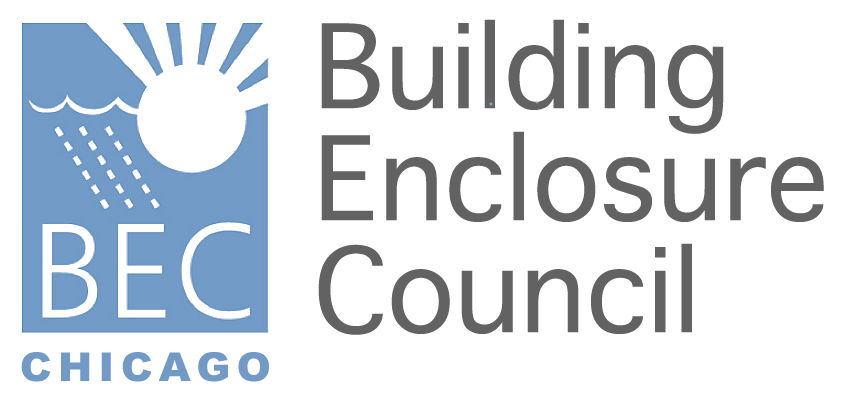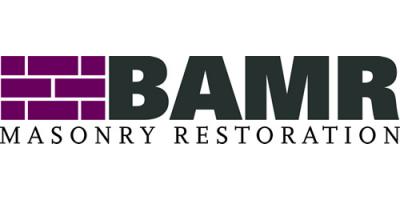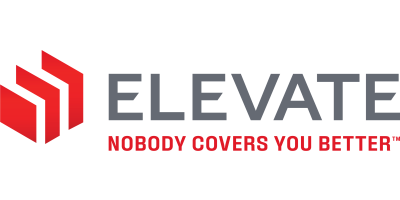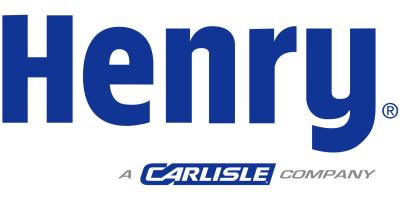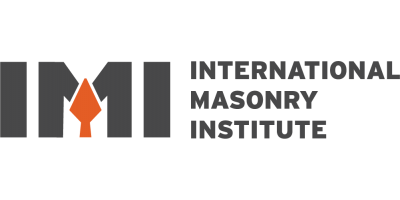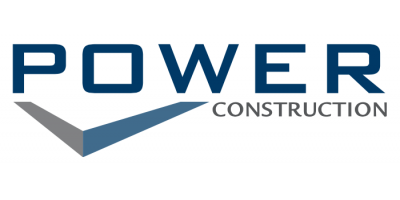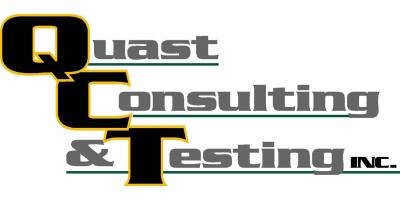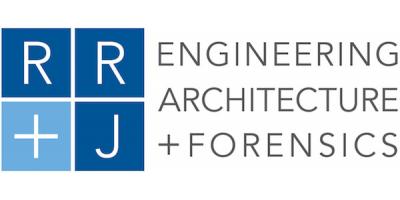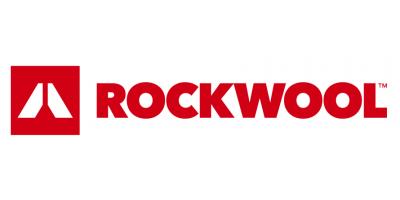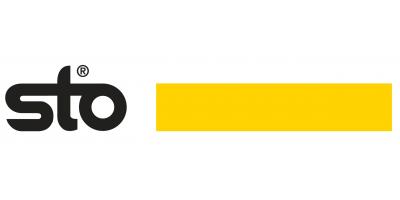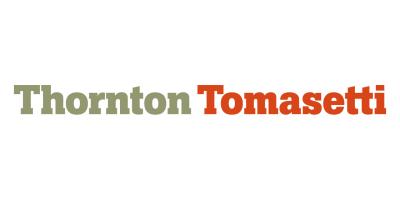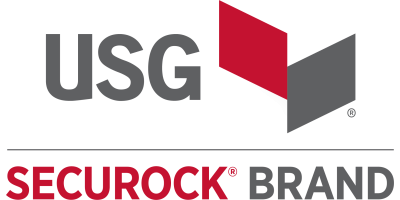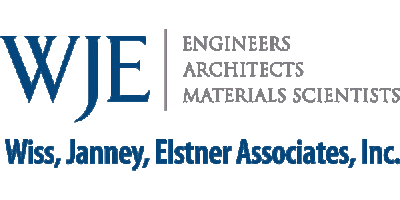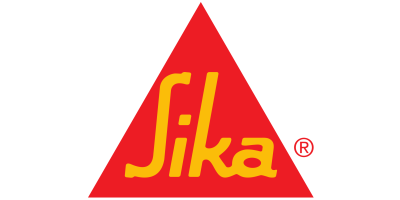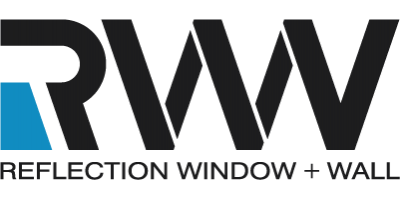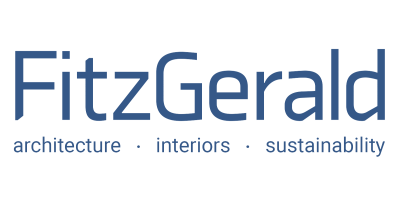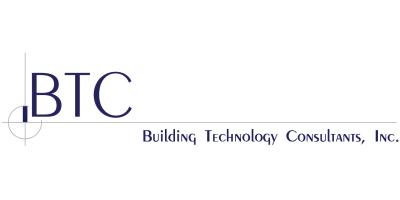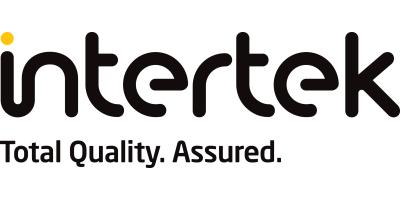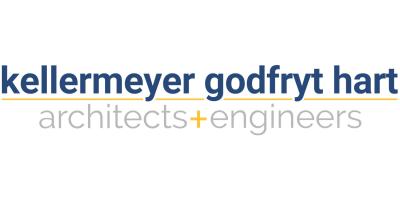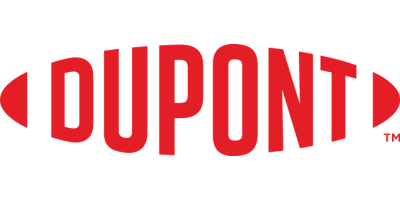| Location | 9/18 - Interline Creative, Palatine, IL; 9/20 - Wight Architects, Darien, IL |
This seminar will take place two times: September 20 at Interline Creative in Palatine, IL; and September 20 at Wight Architects in Darien, IL. Registration is through the AIA Northeast Illinois, www.aianei.org The discussion of structural masonry begins with Building Code Requirements for Masonry Structures, including the designer checklists contained therein. The seminar then examines ASTM standards and material properties like compressive strength and density of masonry units, as well as mortar types, mortar specifications, and mortar quality assurance. The program examines masonry grout (conventional and self consolidating) including grout properties, grout placement, and grout sampling and testing. High lift and low lift grouting methods will be discussed, as well as grout slump, cleanout options, and constructability issues in placement of grout and reinforcement, including reinforcement lap length splices. The program then looks at allowable workmanship tolerances on mortar fins into grout spaces, placement of vertical and horizontal reinforcement, and bending of foundation dowels. It also examines reinforced masonry lintels as an alternative to structural steel. The program examines composite systems of masonry and structural steel, also known as hybrid masonry. Newer innovations in the industry are also examined, such as autoclave aerated concrete (AAC) masonry, self consolidating grout (SCG), and structural brick. The entire program is presented from a balanced perspective of designer and installer points of view. 4 LEARNING OBJECTIVES 1. Participants will understand the basic structural requirements set forth in the Building Code Requirements for Masonry Structures. 2. Participants will understand the basic material properties and testing requirements of concrete masonry, mortar, and grout, as set forth in ASTM standards. 3. Participants will understand the basic requirements and limitations of grouting and reinforcing masonry walls. 4. Participants will be enlightened to the innovative materials and techniques of self consolidating grout, autoclaved aerated concrete masonry, and hybrid masonry and steel structures.
